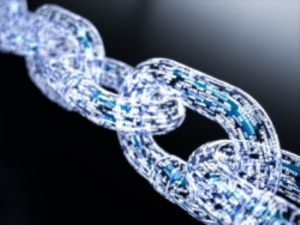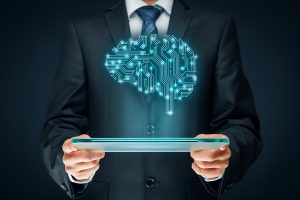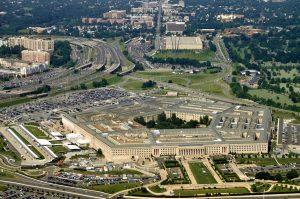 Blockchain may be best known for its role in enabling cryptocurrency to be tracked. While the use of cryptocurrency is still in its infancy, blockchain technology is proving to be applicable in a number of non-currency use cases.
Blockchain may be best known for its role in enabling cryptocurrency to be tracked. While the use of cryptocurrency is still in its infancy, blockchain technology is proving to be applicable in a number of non-currency use cases.
Improving Public Transportation
The Federal Transit Administration is looking for ways to use blockchain as a way of "gamifying" decisions around transportation options. A proposed project, "blockchain-enabled transit incentivization," would, via an app, offer tokens to commuters who reserve a parking place or agree to use another mode of transportation. Using real time data about availability of parking, traffic congestion, and more, the app could change the incentives offered - making public transport a more appealing (and lucrative) option for people in transit. Blockchain could support the payment of those who chose incentivized public transit options as well as those who are using parking. The system could also promote equity in access to parking or other resources by factoring in a user's location or personal circumstances. Continue reading


 Blockchain technology is a new way of passing information from
Blockchain technology is a new way of passing information from 
 Implementations and pilots of blockchain
Implementations and pilots of blockchain 

